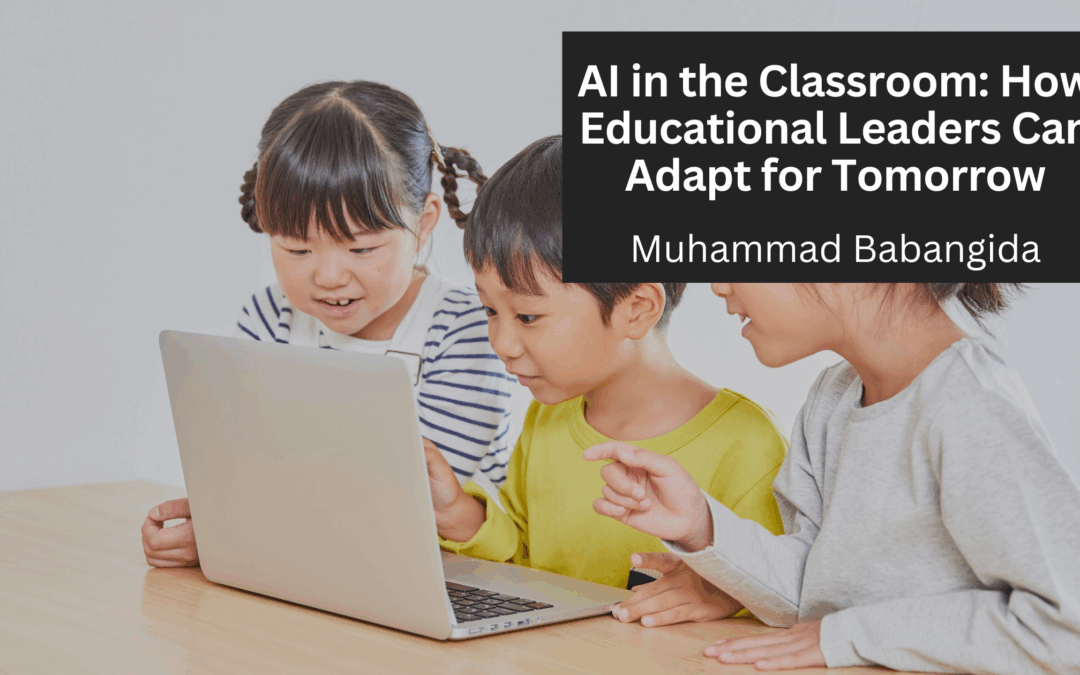Artificial intelligence (AI) is no longer a distant concept—it’s rapidly becoming part of everyday learning. From personalized tutoring tools to data-driven insights on student performance, AI is transforming education. For educational leaders, the challenge is not just adopting these technologies, but guiding schools and communities through this change in a way that prepares students for tomorrow’s world.
Personalized Learning at Scale
One of AI’s greatest strengths is its ability to adapt content to individual learning needs. Algorithms can identify where a student struggles and adjust lessons accordingly, offering extra practice or alternate explanations. For leaders, this means creating opportunities to ensure all students, regardless of background or ability, can access tailored support that was once impossible in large classrooms.
Shifting the Role of Teachers
AI is not designed to replace educators but to empower them. By automating administrative tasks like grading or attendance tracking, teachers gain more time to focus on mentoring, creativity, and building critical thinking skills. Leaders who emphasize professional development can help teachers embrace these tools as partners rather than threats, fostering a culture of innovation.
Data-Driven Decision Making
AI provides real-time insights into student engagement, progress, and even emotional well-being. Educational leaders can use this data to make informed decisions about curriculum, resource allocation, and interventions. When applied responsibly, these insights can close achievement gaps and create more equitable learning environments.
Preparing Students for the Future
Integrating AI into education isn’t just about tools—it’s about preparing students for a workforce where AI literacy will be essential. Leaders should ensure curricula include digital ethics, problem-solving, and creativity alongside traditional academics, equipping students to thrive in a tech-driven society.
Ethical and Inclusive Implementation
With innovation comes responsibility. Leaders must address concerns about data privacy, bias in algorithms, and unequal access to technology. Clear policies, transparency, and partnerships with communities can ensure AI supports rather than widens existing inequalities.
Conclusion
AI in the classroom is reshaping how education looks today and what it will mean tomorrow. For educational leaders, success lies in balancing innovation with responsibility—leveraging AI to enhance learning while ensuring equity, ethics, and human connection remain at the heart of education. By leading with vision, they can help schools not just adapt to the future but shape it.
